The complete workout: Surya Namaskaras
The complete workout: Surya Namaskaras
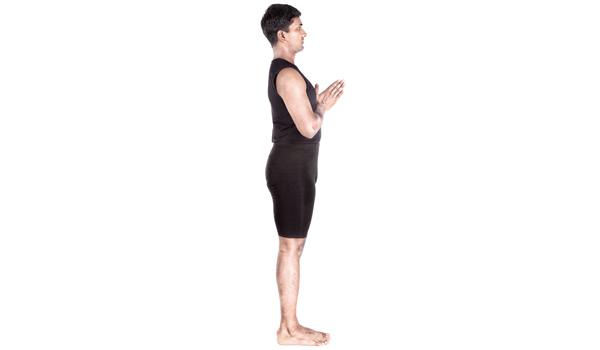 This completes one repetition of the Surya Namaskaras. It is advised to perform twelve repetitions of the above set of exercises for maximum benefit.
This completes one repetition of the Surya Namaskaras. It is advised to perform twelve repetitions of the above set of exercises for maximum benefit.
The complete workout: Surya Namaskaras
India is known for its unity and diversity in culture, language, traditions and all else. But one thing that has remained constant throughout the centuries is yoga. The age old practice of yoga has been passed on from generation to generation and is still going as strong as it was a thousand years ago.
Yoga is known for its holistic healing properties. Be it physical fitness or mental wellness, yoga heals you all over.
One of the most iconic exercise series of the yoga is the Surya Namaskara set of exercises. This particular set of twelve exercises is said to be the only workout required to keep you fit and healthy.
There are two ways a set of Surya Namaskaras can be performed. One is by focusing on breathing and doing the set slowly and gracefully, and the other is by performing the set fast, one breath one exercise. The slower version relaxes your limbs and calms your mind down. The slower stretches tone your muscles making your body trimmer. The faster version is an excellent way to burn all those calories. The faster version acts as good as a cardio workout and helps you lose that flab.
The recommended number of repetitions for the Surya Namaskaras is Twelve. This means that you should do the set of twelve exercises for twelve times in order for it to show its full potential.
In this article, I will take you through the set of twelve exercises together known as the Surya Namaskaras.
1. The Namaskara Mudra:
The Surya Namaskaras are started with a little prayer to the Sun for being our energy. Each set of repetitions has its own little mantra.
- Om Mitraya Namah.
- Om Ravaye Namah.
- Om Suryaya Namah.
- Om Bhanave Namah.
- Om Khagaya Namah.
- Om Poosne Namah.
- Om Hiranyagarbhaya Namah.
- Om Marichaya Namah.
- Om Adityaya Namah.
- Om Savitre Namah.
- Om Arkaya Namah.
- Om Bhaskaraya Namah.
Chanting the little mantra before each set will energise our body for the twelve exercises that we are about to do.
2. The Ardha Chakra Asana:
As the name states, this asana is a half-moon shaped asana. We bend backwards with our hands stretched overhead. Breathe in slowly while reaching this position. Do not over exert yourself. Bend only so much that you are comfortable with.
3. Paada Hastha Asana:
Paada means foot. Hastha means hand. In this asana, we bend forwards touching our feet with our hands. Breathe out while bending forwards. Again, do not over bend yourself down. If you cannot touch your feet in the beginning, do not worry. Slowly, with regular practice, you will start bending more.
Breathing out is very important here. Release your breath as you bend forward.
4. Ashwa Sanchalana Asana:
Ashwa means horse. In this posture, we take up the form of a reigned horse. This posture requires us to breathe in. From the Paada Hastha asana, move your right leg backwards, keeping the left leg as it is. Place your hands on either side of your left leg and look up while breathing in.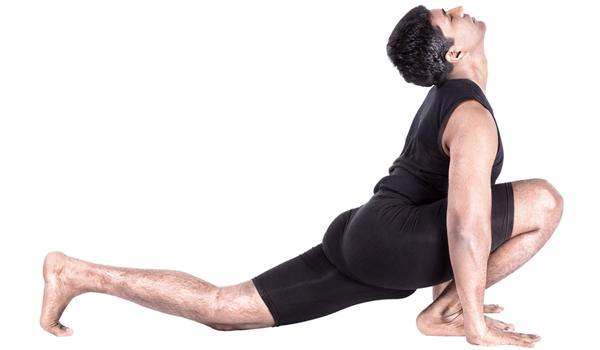

Breathing in while doing this posture is important.
5. Parvata Asana:
Parvata means mountain. In this asana, we take up the posture of a mountain. From the Ashwa Sanchalana asana. Bring your left leg backwards to join your right leg and lift up the central part of your body to come to a mountain pose. Breathe out for this posture.
Make sure that both your feet are firmly on the ground. The heels of your feet should not lift up. If you find that your heels are lifting up, shift your hands closer to your feet. With regular practice, you will find that your heels will no longer lift up. Breathe OUT during this posture.
6. Ashta Anga Namaskara:
Ashta means eight. Anga means limbs. In this posture, we are saluting the sun god with eight limbs.
From the Parvata asana, go down onto the floor such that your feet, knees, stomach, chest, palms, chin, nose and forehead touch the ground. These form the eight limbs that we salute the sun god with. Make sure your bottom does not touch the floor. Keep your mid-section raised.
Breathe in while you are entering this posture.
7. Bhujanga Asana:
Bhujanga in Sanskrit means snake. This posture resembles the snake when it is ready to strike.
From the Ashta Anga Namaskara, relax your legs onto the ground, lower your mid-section and raise your torso off the ground keeping your hands flat on the ground.
8. Parvata Asana:
Again, we go back to the Parvata asana from the Bhujanga asana. Lift up your mid-section while keeping your feet and palms where they are and breathe out to enter into the Parvata asana.
9. Ashwa Sanchalana asana:
We go back to the horse posture from the Parvata asana. This time bring your right foot forward leaving the left foot behind. In the first Ashwa Sanchalana asana, we had the left foot forward. Now we do the Ashwa Sanchalana asana with the opposite foot.
10. Paada Hastha asana:
Bring your left foot to join your right foot forward. Leave your hands where they are and lift up to enter into the Paada Hastha asana
Make sure to breathe OUT for this asana.
11. Ardha Chakra Asana:
Lift your hands upwards and bend backwards to enter into Ardha chakra asana. Breathe IN while entering this posture.
12. Namaskara Mudra:
Release your breath, relax your breath and come back to the Namaskara mudra.
 This completes one repetition of the Surya Namaskaras. It is advised to perform twelve repetitions of the above set of exercises for maximum benefit.
This completes one repetition of the Surya Namaskaras. It is advised to perform twelve repetitions of the above set of exercises for maximum benefit.
It is said that we do not require any other kind of exercises if we do the Surya Namaskaras every day. Celebrities swear by this wondrous exercise to stay fit and healthy. It is rumoured that Kareena Kapoor repeats the Surya Namaskaras 120 times every day. No wonder she is so fit.
We can speed up the exercise according to our breathing style. Based upon personal experience, I suggest doing six cycles with a slow breathe-in breathe-out technique and the rest six cycles doing one asana per breath.
The Surya Namaskaras are a holistic cycle of exercises keeping us healthy wealthy and wise.
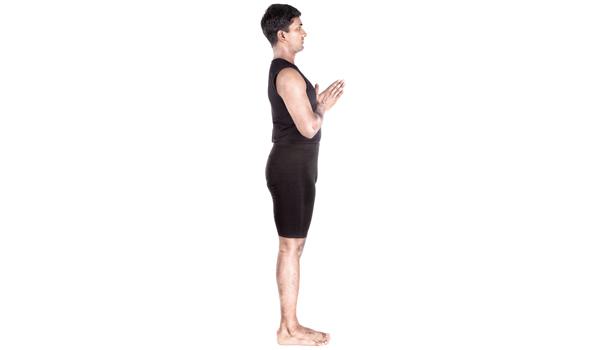
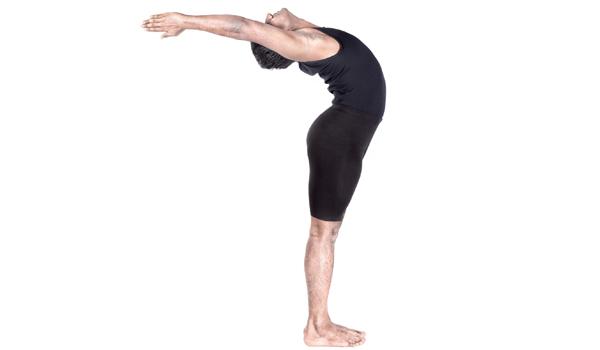

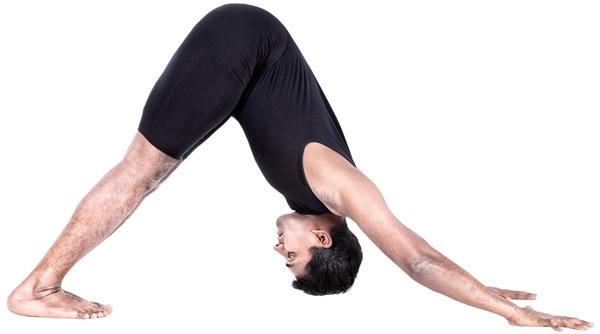

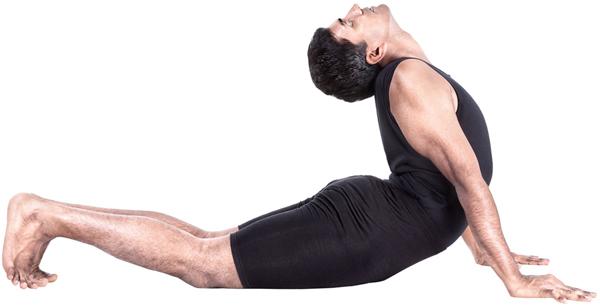
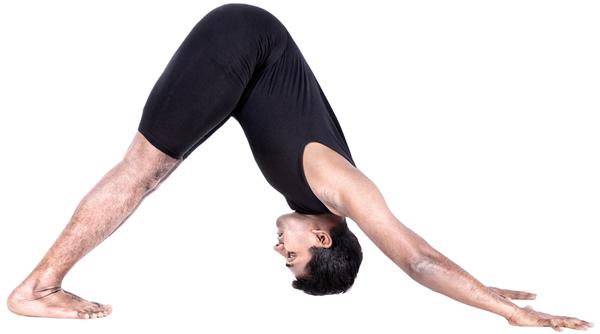
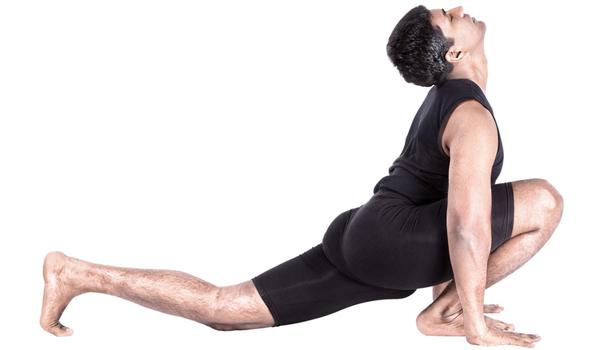


No comments:
Post a Comment